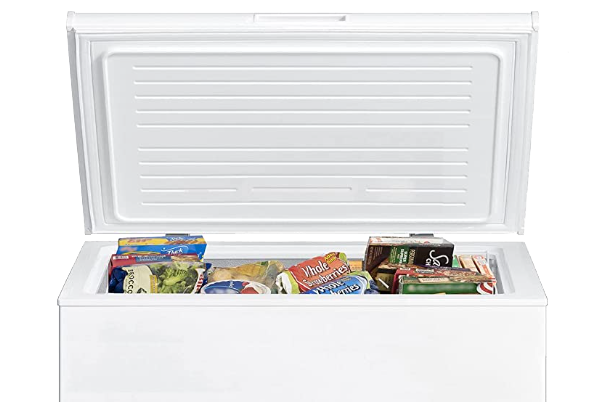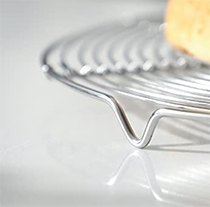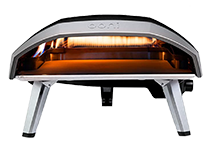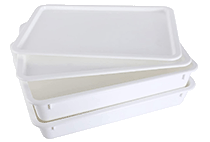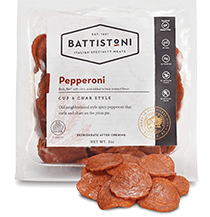If you love to make pizza but don’t always have time to make it, then par-baking homemade pizza is for you. It is easy to par-bake homemade pizza crusts and freeze them. Read on to learn how to apply this helpful kitchen technique to your homemade pizza.
Table of Contents
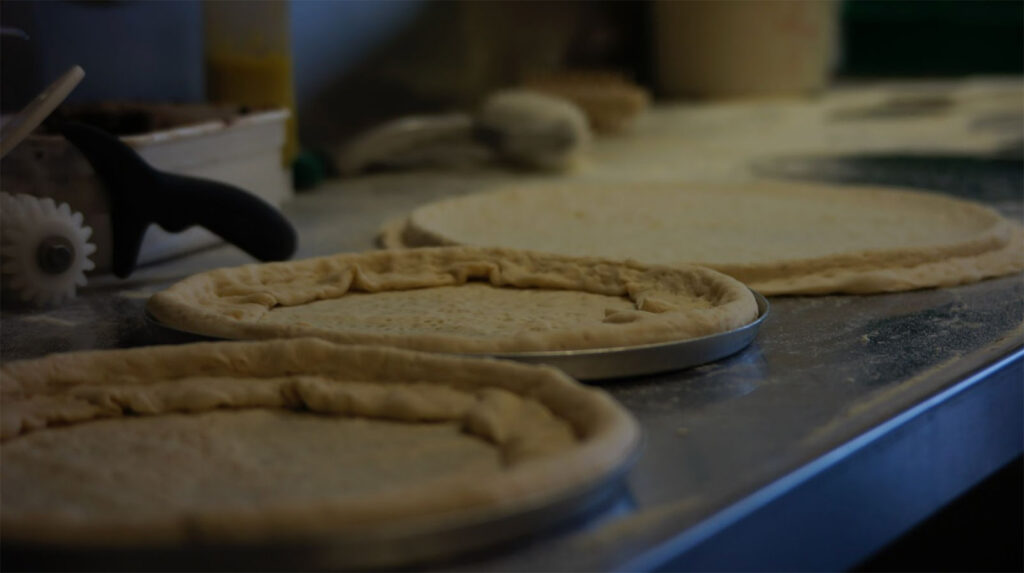
What is Par-Baking Homemade Pizza?
Par-baking, which is short for partially baked, is a cooking technique where the dough is partially baked, usually around 80% baked, then cooled and sealed to be used later.
Par-baking kills the yeast and gives the dough the bread-like structure but without forming the crust. In many cases, it is frozen and then cooked later, making it seem fresh.
Par-baking is commonly used to extend the life of products, for example, pie crusts, baguettes, rolls, and, you guessed it, pizza crusts. Restaurants use par-baked products to cut prep time and help get food on the table faster.
So, why should the home pizza chef know about par-baking? Because it is a great cooking technique to add to your cooking skills toolbox.
If you make a lot of pizzas or just like to meal prep and make things easy for your future hungry self, then you should par-bake your pizzas. Since most pizza dough recipes make two pizzas, it is easy to freeze one for later.
But did you know you can also par-bake a pizza crust and freeze it? Then, when your future hungry self is ready to eat pizza, just top it and bake, making a pretty fast pizza.
Why Par Baking Pizza Crust?
Since we love pizza but don’t really like using store-bought pre-made crusts, we tried making par-baked crusts and freezing them instead, and it has been a fun experiment.
Frozen par-baked crust can achieve that crispy-chewy crust that makes pizza amazing—having a par-baked crust ready to be filled cuts the prep time down without sacrificing flavor.
Of course, there are pros and cons of making frozen par-baked crust at home. The pros are that it’s fast and easy. You can make several par-baked crusts at a time and freeze them.
So later, when you are craving a cheesy treat, you can just pull out a frozen par-bake homemade pizza crust and top it without tying on an apron and throwing flour around.
Don’t get us wrong, we love making homemade pizza, but sometimes lack of energy or time or unexpected guests make this an excellent option.
The biggest issue with making and freezing par-baked homemade pizza crusts is the space. Since the dough is already rolled out, you need to have space in your freezer for a pizza.
Here at Homemade Pizza School, we highly recommend investing in a chest freezer for your basement or garage. Are we saying you need to fill it completely with par-baked pizza crusts? No. But we’re not not saying that either.
We had to do a little rearranging to get our rolled-out crusts to fit. But if you have a knack for playing freezer Tetris, then you won’t have a problem with this.
To be honest, that was really the only downfall. We have been playing around with the idea of meal prep and planning. And this was actually pretty easy to do, and we made several crusts.
I mean, come on, if you are going to get the flour out and make a mess, you might as well make a big mess once and have four pizzas ready to eat later.
How to Par Bake Pizza Crust
Par-baking homemade pizza crusts is pretty simple. Follow your favorite dough recipe. When the dough has risen and is stretched, you put it in the oven on 450° F for between 5-7 minutes.
Take it out and let it cool. When it’s fully cooled, wrap in plastic wrap and then foil and store it in the freezer for up to two months.
If you choose to make more than one crust, which of course, you should. Freeze each one separately so you don’t risk them sticking together.
Pro Tip: Bake the crust WITHOUT olive oil. Yep, that’s right, bake a naked crust.
When Should You Par-Bake Homemade Pizza?
There are two times that par-baking homemade pizza crusts make sense. The first is meal prepping and having ready-made homemade pizza crusts in your freezer.
The second is when you are making homemade pizza with many toppings or making pizza without a pizza stone. If you are an aspiring home chef or pizzaiolo, you already know all of the amazing reasons to use a pizza stone.
A pizza stone pretty much par-bakes your pizza for you. When you use a pizza stone, you heat up the stone first, then after ten minutes, take the hot stone out and lay the stretched dough on it, and start adding your sauce and toppings.
By the time you put the pizza in the oven, that hot pizza stone has already par-baked your pizza crust for you.
But sometimes, you don’t have access to a pizza stone. Maybe you are making pizza at a friend’s house or on vacation at an AirBnB, or maybe your beloved pizza stone broke because someone’s soapy hands dropped it.
Whatever your reason for not using a pizza stone, you need to know you can still get a great pizza. You just need to par-bake that dough. And we’re not even mentioning the importance of seasoning your pizza stone.
Making a pizza on a square sheet pan or round pizza pan is fairly simple. Spread a little cornmeal or semolina on the pan, place your stretched dough on the pan, brush with olive oil, and par-bake at 450°F for about 5-7 minutes.
Remove the pizza and add your sauce, cheese, and toppings.
Then bake for another 3 minutes or until the cheese has melted. Par-baking your crust first gives the crust some structural integrity to hold all of the yummy toppings you are going to cover it with.
Recap: Do not use olive oil when freezing the crust. Do use olive oil when using crusts.
Common Questions About Par-Baking
How long should par bake pizza dough cool before freezing?
They should be completely cooled. Using cooling racks is the fastest way to get them cooled and into the freezer.
Can you add toppings to a parbaked crust and freeze it?
Technically, yes, you can make a pizza and freeze it at home. However, unless you have a lot of freezer space it is difficult to keep the pizza from getting smushed in the freezer. Note our recommendation from above.
We prefer to just freeze the par-baked crust and assemble in the moment. Plus, if you freeze a pepperoni pie but then on pizza night, have a craving for Hawaiian pizza, you are still stuck with pepperoni. We like to keep our options open.
Do you need to defrost a frozen par-baked crust before cooking?
You don’t need to defrost or thaw out the crust. Just remove it from the freezer and leave it out while you prep the rest of the ingredients, and by the time you are ready to build your pizza, the crust should be ready for the oven.
Have you tried par-baking homemade pizza crusts? How about making a different type of pizza every day for a month?

